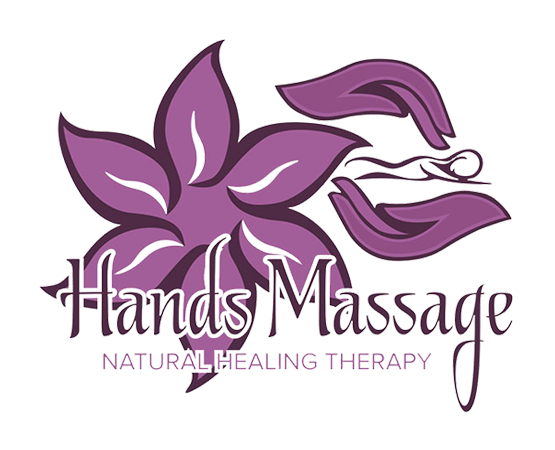Facials for Dry Skin
Facials for dry skin are designed to provide intense hydration, replenish moisture levels, and nourish the skin. Here are some steps and ingredients that are typically incorporated into facials for dry skin:
Cleansing: A gentle, hydrating cleanser is used to remove dirt, oil, and impurities without stripping the skin of its natural moisture.
Exfoliation: A mild exfoliant, such as an enzyme or chemical exfoliator, is applied to remove dead skin cells. This step helps to unclog pores and allow better absorption of moisturizing products.
Steam and Warm Towels: Steam or warm towels may be used to open up pores and soften the skin, allowing for deeper penetration of products.
Hydrating Mask: A hydrating mask is applied to infuse the skin with moisture. Ingredients like hyaluronic acid, glycerin, aloe vera, and natural oils (like jojoba or argan oil) are commonly used to lock in hydration.
Serums and Ampoules: These are applied to target specific skin concerns. For dry skin, look for serums containing hyaluronic acid, vitamin E, and ceramides, which help to retain moisture.
Massage: A gentle massage with a nourishing oil can further promote circulation and product absorption, as well as relax facial muscles.
Moisturizer: A rich, emollient moisturizer is applied to seal in moisture. Look for ingredients like shea butter, ceramides, and fatty acids.
Sunscreen: If the facial is done during the day, a broad-spectrum sunscreen with SPF 30 or higher should be applied to protect the skin from harmful UV rays.
Additional Treatments: Depending on the spa or salon, additional treatments such as LED light therapy, collagen masks, or specialized ampoules may be offered to further enhance hydration.
Home Care Recommendations: The esthetician may recommend specific products and a skincare routine tailored to address dry skin concerns at home. This may include hydrating cleansers, serums, and moisturizers.
Remember to follow up with a consistent at-home skincare routine to maintain the benefits of the facial.
